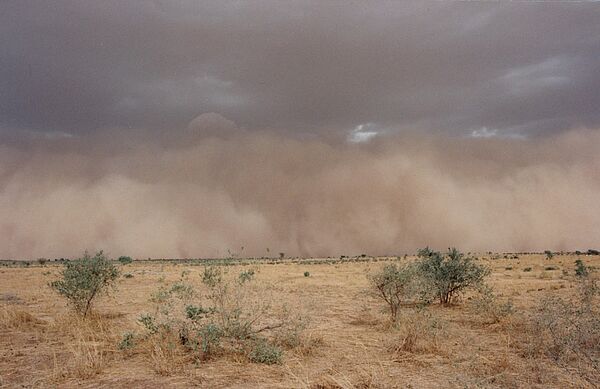Combining transport of air moisture masses from both the Indian and Atlantic oceans, the Ethiopian Highlands (EH) represent a major receptacle for monsoonal precipitations in East Africa. For the last fifteen thousand years, significant hydrological changes related to variations in the intensity of the African monsoon affected the functioning of hydro-systems originating in the EH, including the Blue Nile and the Awash river catchments. Recent studies conducted in lake and deltaic sediments suggest that gradual long-term monsoon oscillations at the origin of the African Humid Period (~14 – ~6 ka) were punctuated by centennial-scale episodes of hyperaridity (HS1, YD, 8.2 ka, 4.2 ka events). However, the specific reactivity patterns of continental systems to past monsoonal shifts remain less investigated, raising doubts on the geomorphic control of continuous sedimentary records exploited for paleoclimatic reconstructions in East Africa.
For these reasons I focused this study on the functioning of the two main hydro-systems originating in the EH under the pressure of Holocene climatic variations. First, tracking the exceptional paleo-flood frequency of the Blue Nile using a high resolution study of a laminated sequence from Nile Deep Sea Fan deposits (Mologni et al., 2020). Secondly, through the reconstruction of the hydrological fluctuations of paleo-Lake Abhe (Ethiopia, Djibouti), the endorheic receptacle of the Awash river discharge, from the study of wave-dominated clastic paleo-shoreline sequences (Mologni et al., 2021).
The study results have improved the comprehension of the spatio-temporal patterns of Holocene hydro-climatic impact on fluvial and lacustrine systems in East Africa. Short-term arid episodes (YD, 8.2 ka events) are often correlated to the destabilization of continental geomorphic systems, inducing an anomaly of sediment transfer and the consequent autogenic sediment recording over the continuous distal sequences. This study has the vocation to highlight the importance of improving source-to-sink and geomorphological studies in Quaternary paleoclimate research, with the aim to obtain a proper signal of climate-induced hydrological variations from continuous sedimentary records.
Mologni, C., Bruxelles, L., Schuster, M., Davtian, G., Ménard, C., Orange, F., Doubre, C., Cauliez, J., Taezaz, H.B., Revel, M., Khalidi, L., 2021. Holocene East African monsoonal variations recorded in wave-dominated clastic paleo-shorelines of Lake Abhe, Central Afar region (Ethiopia & Djibouti). Geomorphology 391, 107896. doi.org/10.1016/j.geomorph.2021.107896
Mologni, C., Revel, M., Blanchet, C., Bosch, D., Develle, A.-L., Orange, F., Bastian, L., Khalidi, L., Ducassou, E., Migeon, S., 2020. Frequency of exceptional Nile flood events as an indicator of Holocene hydro-climatic changes in the Ethiopian Highlands. Quaternary Science Reviews 247, 106543. doi.org/10.1016/j.quascirev.2020.106543


